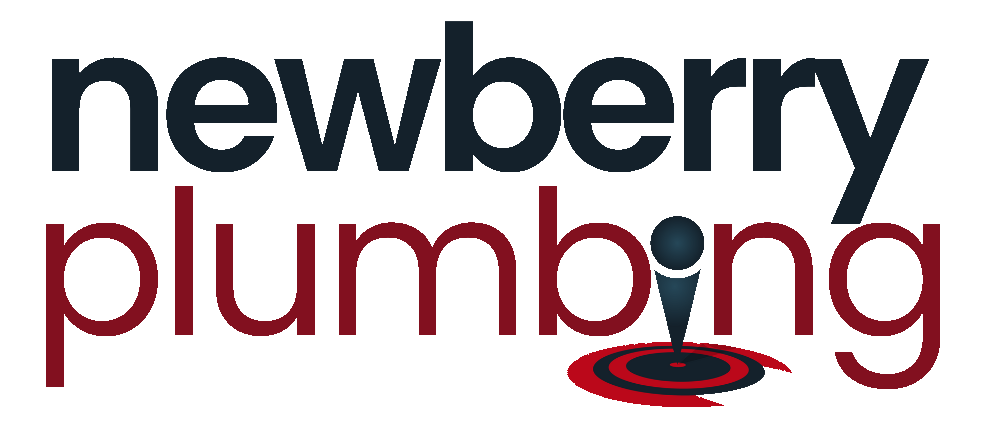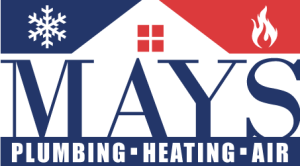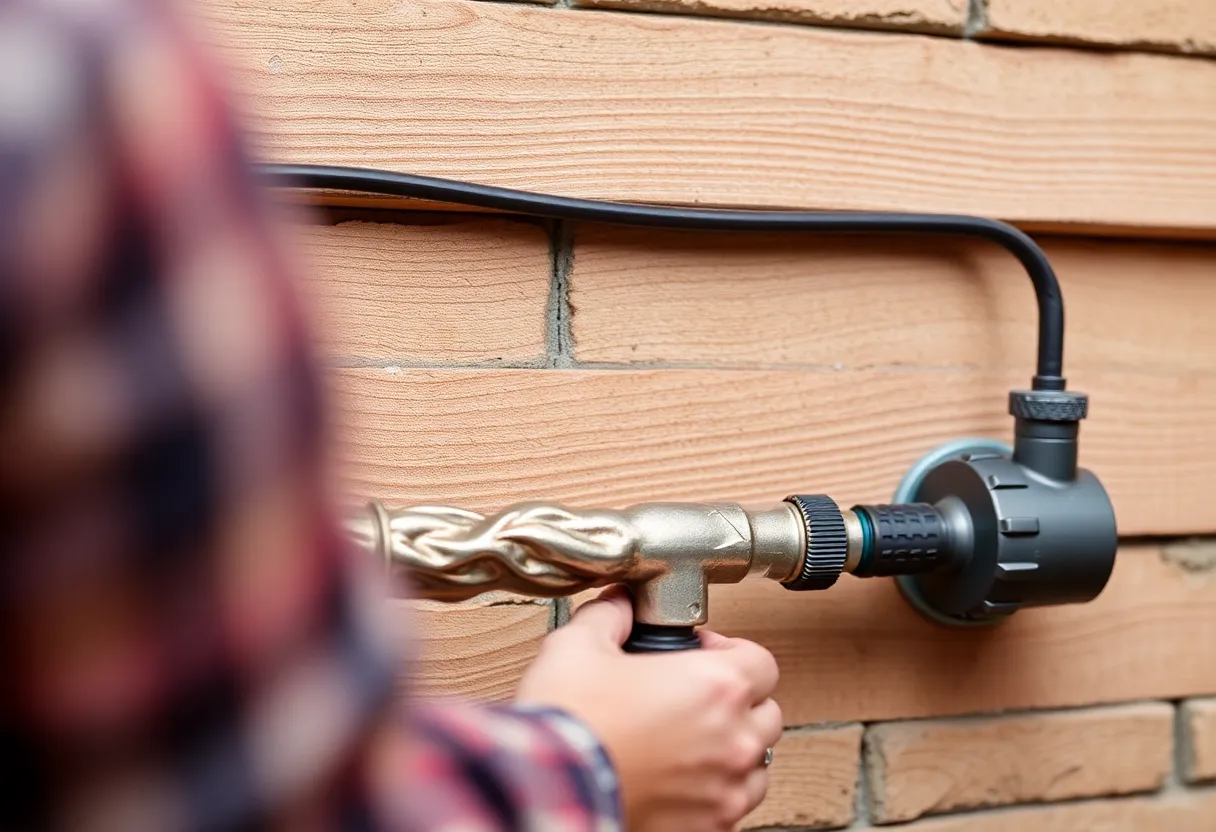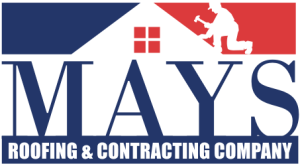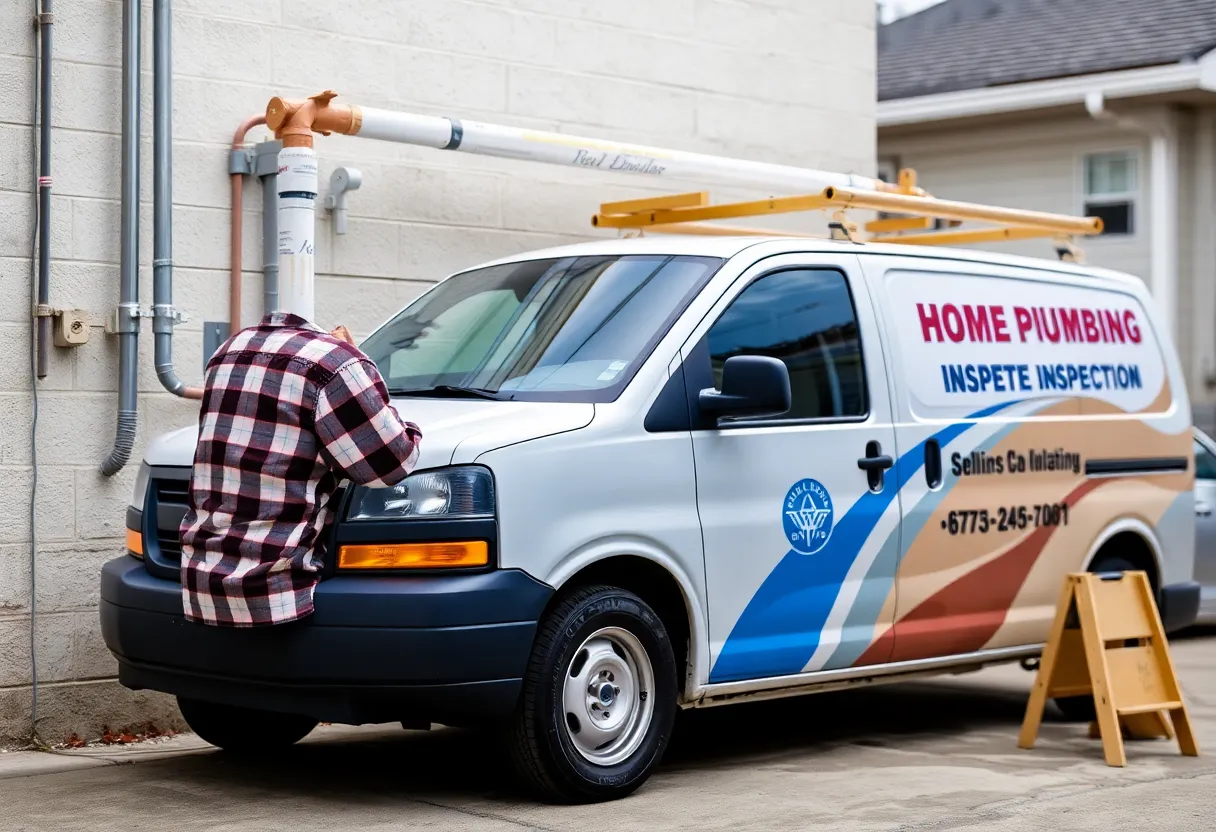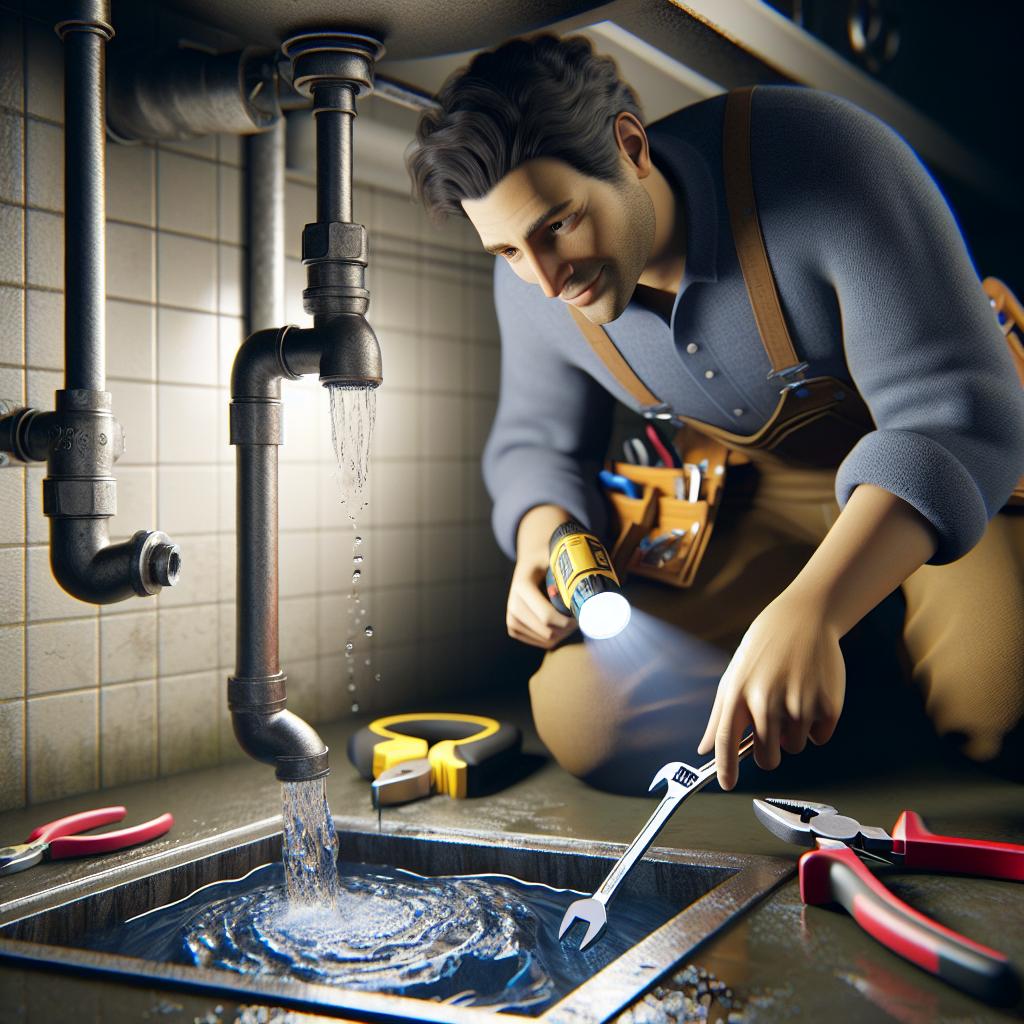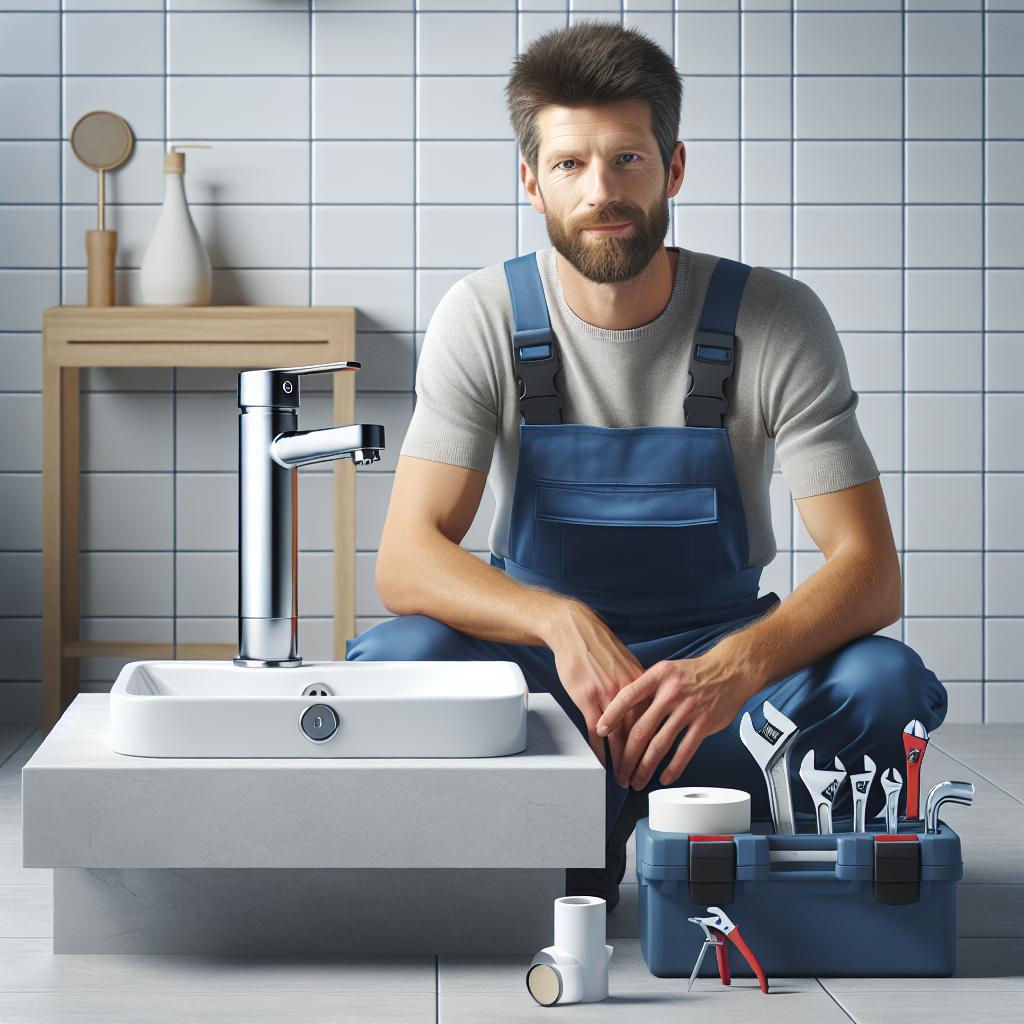The Leak Prevention Playbook: 9 Expert Strategies to Protect Your Home from Water Damage
Water damage can wreak havoc on a home, leading to costly repairs, health hazards, and the destruction of cherished belongings. Fortunately, preventing leaks and water-related mishaps is possible with some forethought and proactive measures. In this comprehensive guide, we will discuss nine expert strategies you can implement to safeguard your residence against water damage.
1. Understand Common Causes of Water Damage
Before you can effectively prevent leaks, it is essential to understand their typical sources. Common causes of water damage include:
- Leaky roofs
- Pipes and plumbing issues
- Appliance malfunctions
- Natural disasters
- Improper drainage
Being aware of these risks is the first step in formulating a robust leak prevention strategy.
2. Regular Inspections of Pipes and Plumbing
2.1 Schedule Routine Inspections
One of the most effective ways to prevent leaks is to schedule regular inspections of your plumbing. Broken or worn-out pipes can lead to severe leaks, and early detection can save you from significant water damage.
2.2 Look for Warning Signs
Train yourself to identify wave-like changes in your water bill, unusual damp spots on walls or ceilings, and water pooling around appliances. These signs can indicate plumbing issues that need immediate attention.
3. Invest in Quality Waterproofing Solutions
3.1 Seal Windows and Doors
Windows and doors are common entry points for water. Seal them using high-quality caulk and weatherstripping to keep water out.
3.2 Waterproof Your Basement
Basements are particularly susceptible to water infiltration. Consider applying waterproof paint to interior walls and installing sump pumps and drainage systems to prevent flooding.
4. Maintain Your Roof
4.1 Regular Roof Inspection
Your roof is your first line of defense against rain and other weather elements. Regularly inspect your roof for missing or damaged shingles.
4.2 Clear Debris from Gutters
Ensure that your gutters are free from debris to facilitate proper drainage. Clogged gutters can lead to overflowing water, which can seep into your roof and walls.
5. Be Mindful of Your Appliances
5.1 Inspect Appliances Regularly
Common household appliances such as dishwashers, washing machines, and refrigerators can be sources of leaks if not monitored. Regularly check hoses and connections for signs of wear, and replace them if necessary.
5.2 Use a Water Leak Detector
Consider investing in a water leak detector. These smart devices can notify you immediately of any leaks, allowing for prompt action before serious damage occurs.
6. Improve Outdoor Drainage
6.1 Evaluate the Landscape Grading
Your home’s landscaping plays an important role in water drainage. Ensure that the ground slopes away from your home to prevent water pooling near the foundation.
6.2 Install a French Drain
A French drain can be an effective solution to redirect water away from your home. These drainage systems help manage excess groundwater, keeping your foundation dry.
7. Educate Your Family
7.1 Make Water Safety a Priority
Everybody in your home should understand the importance of preventing water damage. Teach your family members how to turn off the water supply in case of emergencies and recognize early warning signs of leaks.
7.2 Create a Family Contingency Plan
Establish a family plan for dealing with potential water damage, including emergency contacts and steps to take should a significant leak occur.
8. Monitor Vulnerability Areas
8.1 Assess Risky Locations
Certain areas of your home, like bathrooms, kitchens, and basements, are more vulnerable to leaks. Regularly check these locations for leaks or water damage.
8.2 Keep Plumbing Accessible
If you have hidden plumbing, ensure that access points are easy to reach for both monitoring and repairs. It will make it easier to address potential problems before they escalate.
9. Consider Professional Help
9.1 Consult Experts When Needed
If you’re unsure about your home’s plumbing or drainage systems, consider consulting a professional. A plumbing or water damage expert can provide valuable insight and recommend solutions tailored to your specific needs.
9.2 Conduct a Home Water Audit
Some professionals offer comprehensive water audits to evaluate your home’s susceptibility to leaks and water damage. Consider this investment if you want a thorough assessment and personalized strategies.
Conclusion
Being proactive about leak prevention can save you significant time and money in the long run. By implementing these nine expert strategies, you can enjoy peace of mind knowing that you are actively protecting your home from water damage. Regular inspections, quality waterproofing measures, and an informed family are all key components in the fight against leaks.
With a careful approach and a little diligence, you can create a robust defense against water damage that will protect your home for years to come.
